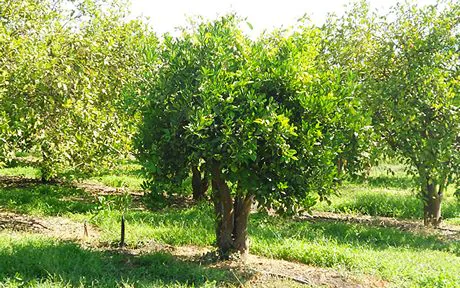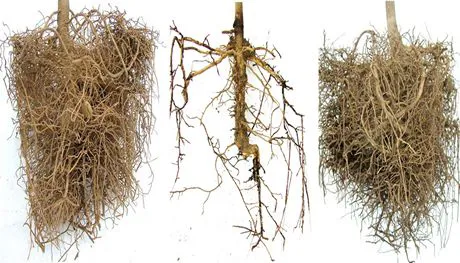According to Panel Plant Health of the EFSA (European Food Safety Agency), Tristeza virus from citrus fruits (CTV) is present in the EU with (European) strains that have been established for some time. Its effects are contained by the use of tolerant rootstocks. These latter strains are very different from non-European strains found in Brazil, South Africa, Australia and China which, regardless of the rootstock, cause malformation of the branches, small fruits and stunted development ("stem pitting").
Commenting on the news is Antonino Catara, former president of the Conference of the International Society of Citrus Virologists (IOCV), in the end of the '90s.

Catara: "No less dangerous are the results of viral attacks from the RB strains ("resistance breaking"), reported in New Zealand and other countries, which exceed the resistance of hybrid rootstocks of the trifoliate orange. Their introduction should therefore be prevented, as it could frustrate the strategies implemented in the EU countries".
For this reason, more and more laboratories are developing protocols based on the sequencing of the entire viral genome using Next Generation Sequencing (NGS) technologies. The Agrobiotech startup, accredited by the SFR for phytosanitary and varietal compliance analysis, has moved in this direction in order to characterize the population of the virus in Sicily.
The results will be presented at the 21st Conference of the International Society of Citrus Virologists (IOCV), to be held in Riverside (California) from 10 to 12 March 2019, and will continue (13-15 March) with the 6th International Conference on Huanglongbing (IRCHLB). The conference will take stock of the state of international research on all citrus diseases caused by invasive and destructive viruses and bacteria, with reference to detection and identification techniques, monitoring, epidemiological studies, host-pathogen-vector plant interactions and management.
Virology of citrus fruits, it is necessary to encourage generational turnover
The IOCV was set up in 1957 in Riverside," says the professor, "and today brings together over 200 scientists from 34 countries, mostly young people, to exchange knowledge and share strategies to prevent phytosanitary emergencies, and there are many that have always threatened citrus growing. A scientific moment in the past shared by a wide representation of young Italian researchers, who unfortunately in the last decade has not seen a generational change due to lack of adequate funding for research".

Photo above: a correct pruning to lighten the branches can allow the resumption of plants grafted on bitter orange infected with CTV, if the infection occurred post-implantation.
"At the conference - continues the virologist - we will present the results of the last three years of monitoring and characterization of the virus of tristeza in Sicily, which show a comforting containment of CTV infections in nurseries and high rates of infections on adult plants, in some cases manageable by adopting good agronomic practices".

Above: root systems of rootstocks, after being inoculated with different isolates of CTVs: on the left, effects of CTV's mild strain, effects of middle aggressive strain; on the right, uninoculated rootstock sample
By means of the NGS sequencing, according to Catara, some isolates capable of counteracting the effects of the CTV strain prevalent in Sicily were also identified. This would allow plant protection strategies from the nursery, as is the case in Brazil, South Africa and Australia. Last but not least, it is comforting that no RB strains and stem pitting variants of the virus were found. "But the experience of other countries teaches that genetic mutations or new introductions from third countries could change the scenario. Therefore, we must not lower our guard and invest more in research" concludes Catara.
